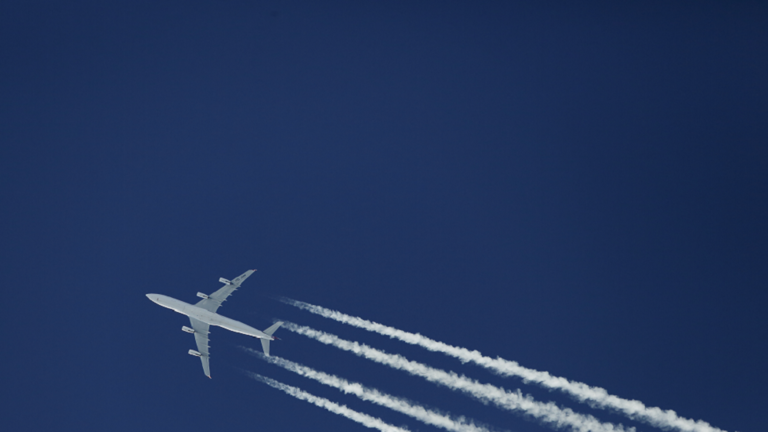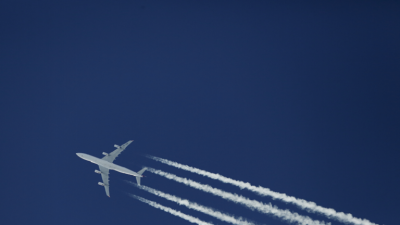The idea of traveling from Miami to London in just five hours seems too good to be true for many weary travelers. However, this could become a reality in just seven years, following news that American Airlines has agreed to purchase 20 Overture aircraft from Boom Supersonic. While Overture, dubbed the "Son of Concorde," is still under development, it is expected to be the "fastest passenger plane in the world," reaching speeds of 1.7 Mach (about 1300 miles per hour). This is twice the speed of current commercial aircraft and could reduce the flight time between Miami and London from nine hours to just five hours. Boom Supersonic states on its website: "Overture is our flagship aircraft, a supersonic commercial airplane that will carry up to 88 passengers. We are designing Overture to meet industry-leading standards in speed, safety, and sustainability." Here’s a look at the key features we expect to see in Overture before its debut in 2025, with its first flight in 2026 and first passenger flight in 2029.
**Quad-engine Design**
Overture will be powered by four powerful engines mounted on the wings, which will enable the aircraft to fly at speeds of 1.7 Mach (1300 miles per hour) over water, and just below 1 Mach (767 miles per hour) over land without using afterburners. Boom Supersonic explained that "using four engines maintains weight and temperature balance, reducing the size requirements for each engine, which allows for their production within the current supply chain and manufacturing capabilities." Each engine will be fed through a high-efficiency inlet and a symmetrical core. These inlets provide "exceptional" pressure consistency, allowing the engines to operate with airflow above the speed of sound, according to Boom Supersonic. They added, "The engine placement has been selected to comply with the most stringent passenger safety requirements."
**Quieter Operation**
While one might expect Overture to be incredibly loud, fortunately, this is not the case. The use of four engines results in lower thrust requirements for each, which means reduced overall noise levels, according to Boom Supersonic. The aircraft is also equipped with the world's first automated noise reduction system. With no afterburners and quiet engines, Overture will blend in with existing long-haul fleets, resulting in a quieter experience for both passengers and airport communities, meeting International Civil Aviation Organization (ICAO) standards.
**Aircraft Body**
Overture is designed to minimize drag and maximize fuel efficiency at supersonic speeds. Boom Supersonic has chosen a fuselage with a larger diameter toward the front and a smaller diameter toward the back.
**Seagull Wings**
Overture features seagull wings that allow air to flow smoothly over and around the aircraft. The surrounding wing shape reduces shock wave forces and creates a vortex along the wing surface that generates lift and reduces engine stress. The company explained that "specifically for Overture, this wing is derived from the delta wing design found in most supersonic aircraft." The delta platform is optimized for supersonic flight but does not perform as well in low/subsonic conditions. The complex seagull wing design was chosen to enhance cruise and low-speed performance.
**Composite Carbon Structure**
The aircraft will be made from lightweight carbon composite material, making it more fuel-efficient and thus more sustainable. While many existing aircraft use aluminum as their primary construction material, Boom Supersonic claims that carbon composite structures are a better choice. They explained that "carbon fiber composites retain strength at high temperatures better than aluminum. They expand and contract much less than metal under supersonic conditions, allowing Overture to fly at higher speeds with greater safety."
**Net-Zero Carbon**
Overture is designed to operate on 100% sustainable aviation fuel—aviation fuel made from renewable and sustainable sources, rather than fossil fuels. Boom Supersonic stated, "Environmental performance is considered in every aspect of Overture, from design and production to flight and recycling at the end of life. The engineering team prioritizes circularity by reusing tools, recycling components on the shop floor, and leveraging additive manufacturing techniques that lead to reduced manufacturing waste and lighter, more fuel-efficient products."




